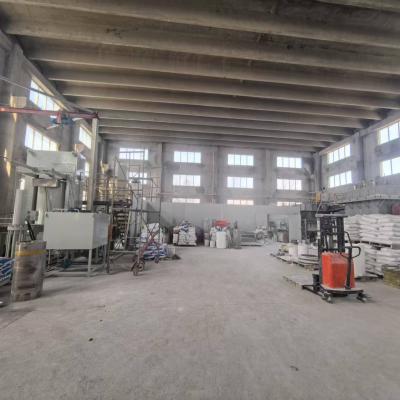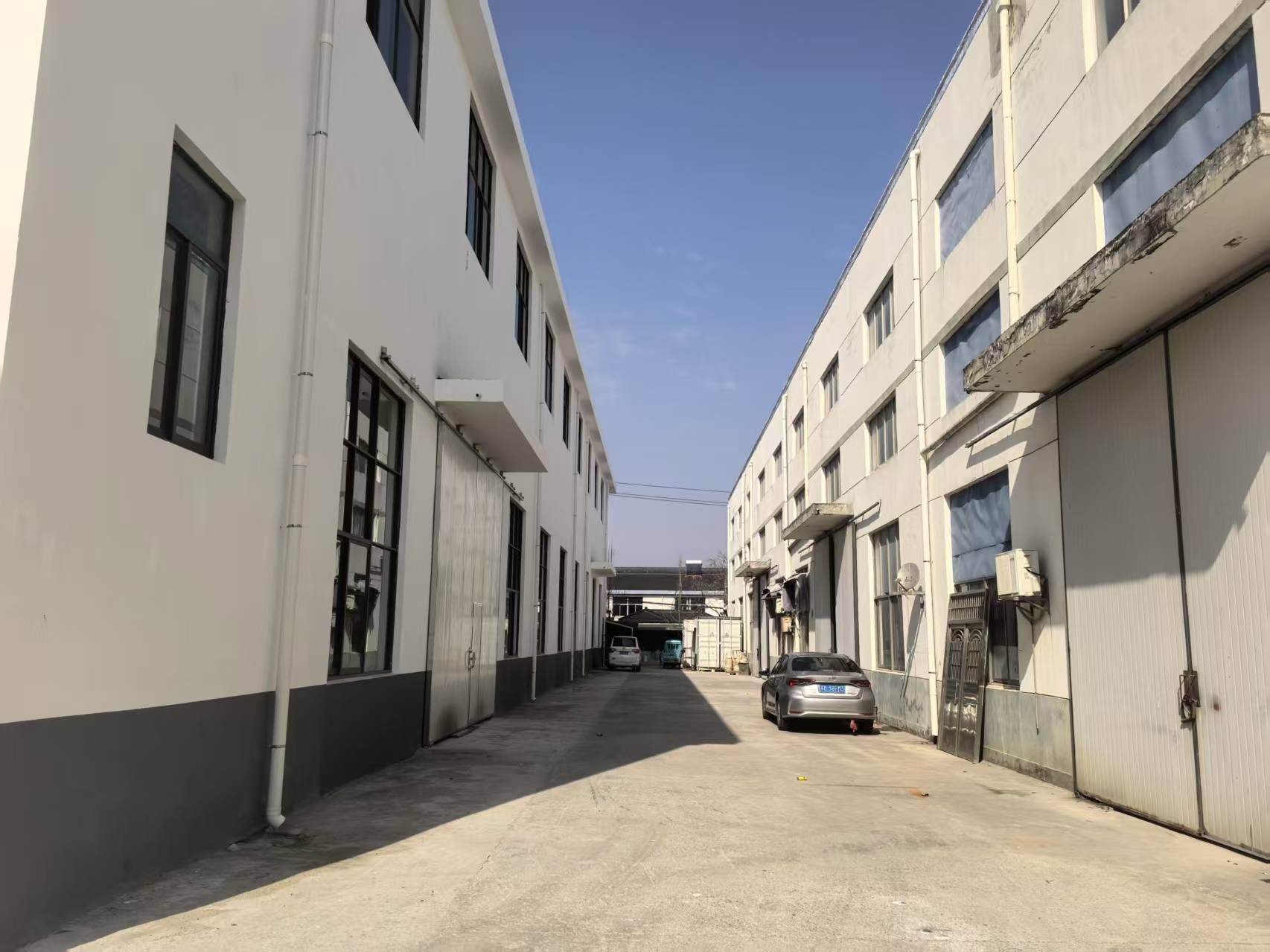
Mechanical product demonstrate extraordinary mechanical essences, rendering them appropriate for a broad collection of uses. Sprouting from astronautical and automotive to technological devices, these composites are steadily improving to fulfill the needs of a innovative industry.
- Their strength and resistance to extreme environments make them necessary for leading equipment.
- Also, technical ceramics offer pros in terms of endurance, aiding the evolution of innovative systems.
Crafting Ceramics: Built for Superior Operation
Crafted ceramics shine in challenging operations due to their remarkable qualities. Produced from selected with care raw elements and treated by meticulous processing procedures, these next-generation substances display innovative sturdiness, wear resistance, and endurance to intense environmental conditions, breakdown, and erosion. From aeronautics pieces to shaping tools, industrial ceramics provide unparalleled effectiveness across wide-ranging industries. Their pliability allows resisting demanding situations, certifying tenacity and soundness. As advancement progresses, the demand for top-tier substances grows, cementing the essential status of industrial ceramics in shaping a improved age.
Advanced Ceramics: Scaling Component Limits
Composites, exhibiting unique rigidity and lastingness, are undergoing a transformation. Sophisticated ceramics, created with exact control over their makeup and minute arrangement, transcending the bounds of what's feasible. These materials exhibit a diverse assortment of traits, considering them best suited for challenging spheres such as aerospace, medicine, and utilities. From low mass parts that hold up under extreme heat levels to tissue-friendly implants that combine smoothly with the human body, advanced ceramics are recasting our life.
Precise Ceramic Fabrication: Handling Demanding Demands
Specialized ceramic fabrication has advanced notably in recent years, facilitating the fabrication of complex and highly usable ceramic products. These modules are vital across a inclusive range of realms, including orbital, healthcare, and tech domains. Satisfying the precise standards for these operations calls for meticulous fabrication tactics that provide for dimensional faithfulness, surface coating, and material traits. Leading ceramic fabrication processes employ manifold methods, including slip casting, injection molding, and additive manufacturing. These processes grant the manufacture of complicated forms and detailed facets with exceptional accuracy. In addition, advances in material research have spawned new ceramic compounds endowed with enhanced peculiarities. These compounds demonstrate increased strength, survivability, and tolerance to extreme climatic conditions, supporting their use in demanding sectors.
The opportunities for strict ceramic fabrication are significant. As investigations and forward movement carry on, we can predict even more complex methods and structures that will besides stretch the confines of what is feasible in this domain.
Top-Performing Ceramic Products for Tough Circumstances
Engineered ceramic compounds feature extraordinary resilience and immunity against harsh ambiences, making them perfect for critical purposes in space sectors. These progressive ceramics can tolerate extreme warm loads, withstand damage, and keep their capability under rigorous mechanical forces. Their distinctive nanostructural traits allow steady operation in inimical environments, including high-temperature furnaces, combustion engines, and atomic reactors.
- Specialized ceramic compounds
- High-temperature stability
- Mass reduction
Advanced Composites: Combining Rigidity and Utility
Engineered composites convey a strong mix of mechanical resilience and distinct exceptional properties. Through the blending of ceramic grains within a binder, these ceramics achieve outstanding capabilities. This integration results in heightened fortification against high thermal conditions, wearing, and chemical degradation, rendering them fit for critical duties in space, driving, and fuel domains. Furthermore, ceramic composites can be customized to possess individual properties like electrical conductivity or biocompatibility, increasing their scope across diverse fields.
Microscopic Regulation in Innovative Ceramics
Accomplishing intended specifications in leading ceramics often demands fastidious direction over their small-scale organization. Countless treatment criteria, including sintering heating point, duration, and atmosphere, alongside the combination of dopants or supporting phases, meaningfully shape the distribution of crystals, permeability, and other microstructural specifications. Thorough customization of these parameters allows for the betterment of fracture resistance, fracture resistance, and conductive conductivity. In particular, lifting the sintering firing temperature can accelerate grain proliferation, thus increasing density and improving mechanical durability. Conversely, modifying the firing atmosphere may modify the oxidation position of the ceramic, thereby influencing its electrical current flow or magnetic attributes. Recognizing these relationships between microstructure and properties is vital for designing advanced ceramics with tailored characteristics suitable for many positions.
Decay-Resistant Ceramics: Boosting Resilience
Amid challenging production sectors, where items are submitted to to constant abrasion and damage, products with exceptional hardness are essentially crucial. Wear-resistant ceramics have emerged as a principal solution, supplying unparalleled fortitude and efficiency in broad domains such as operation, mining, and aerospace. These cutting-edge composites possess a singularity morphology that increases their aptitude to endure scraping. By employing the natural fortitude and thickness of ceramic blends, engineers can manufacture strong parts capable of resisting the most tough operating situations.
Medical-Grade Ceramics: Purposes in Health Industry
Biocompatible ceramics have changed the clinical sector, delivering an array of useful benefits for broad roles. These products are harmless within the flesh, minimizing antibody responses and aiding wound closure. A prime operation for biocompatible ceramics is in skeletal implants, where their resilience sustains long-lasting foundation to damaged organisms.
Over and above, they are exploited in dental prosthetics, supplying a long-lasting and pleasing solution for tooth replacement. Ceramics also maintain a key function in controlled release technologies, empowering the specific administration of agents to specific areas within the living entity.
- Besides, biocompatible ceramics are repeatedly being explored for organ regeneration, serving as a support for restoration.
- Hence, the possibility of biocompatible ceramics in biomedical fields looks bright, with continual development expanding their uses.
High-Tech Ceramic Sensors: Improving Consistent Readings
Smart ceramic detectors have manifested as key elements across a extensive array of domains. These devices deploy precise ceramic the singular dimensions of ceramic compounds to deliver highly trustworthy evaluations. Their fortitude in {demanding|harsh| 